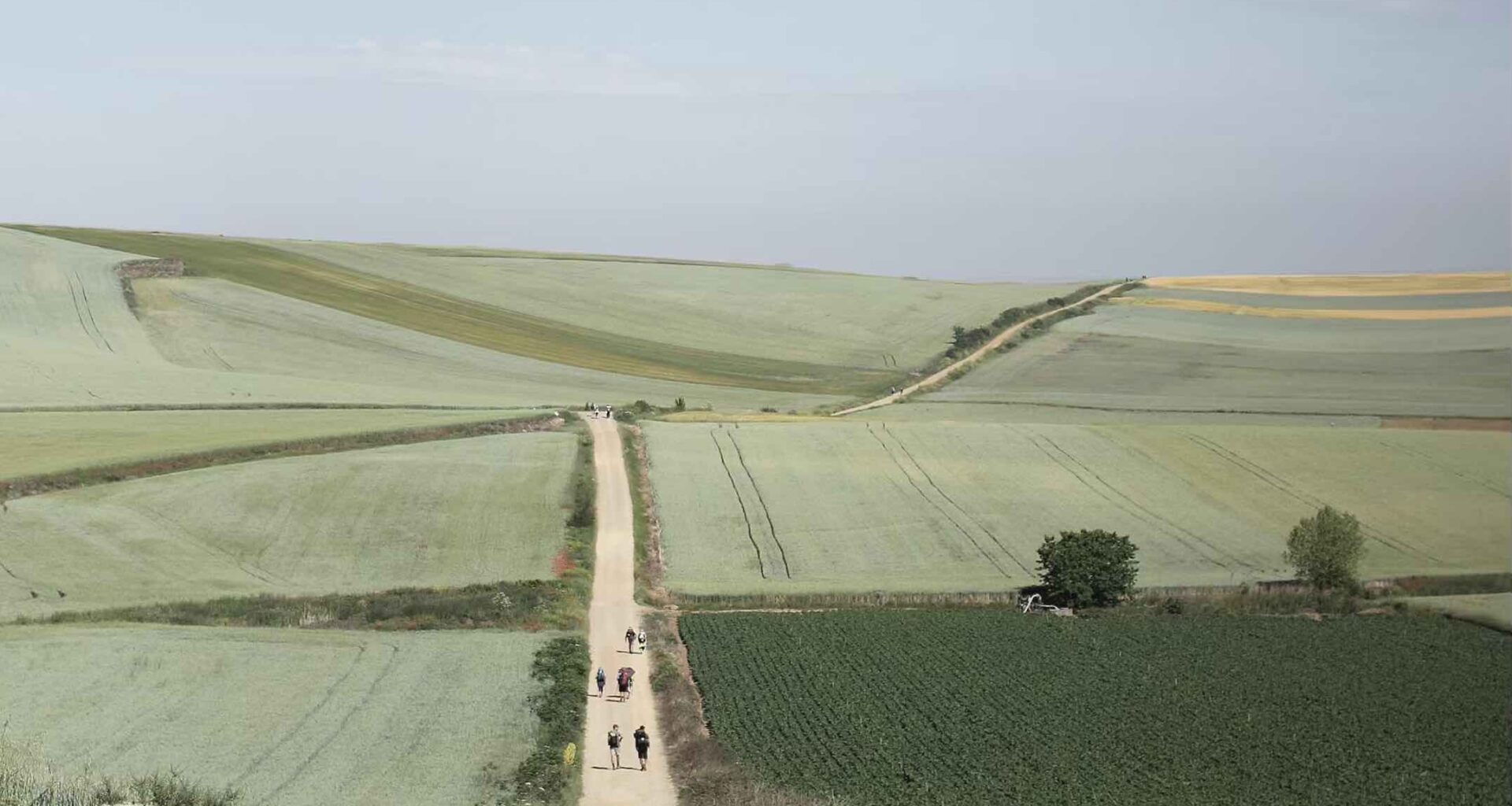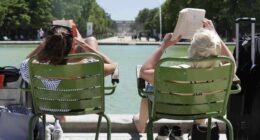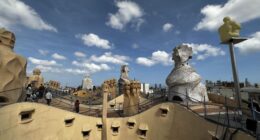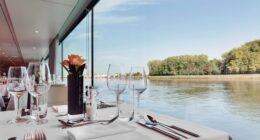Photo: Les Argonautes / Unsplash
Commissions may be earned from LuxuryEurope’s affiliate partner links.
When I think of a Camino de Santiago pilgrimage along that centuries-old path from all over Europe to Santiago de Compostela, I think of the route from France across the Pyrenees and Northern Spain into Galicia.
For many pilgrims, it ends at the Cathedral of St James, where his body is said to be buried. But some finish the walk to the ‘End of the World’ or Finisterre, passing through Muxía where St James’ body is said to have arrived by a boat that drifted all the way from Rome after he was beheaded.
I have only walked parts of the Camino and biked a bit, but mostly I drove it. In France’s Montpellier, ‘The Way’, as the Camino was referenced in a Martin Sheen movie of the same name, was my brief walk to a boulangerie for the requisite baguette and breakfast croissants each morning. Spotting the brass shell emblems embedded in the pavement was a daily reminder of my modest pilgrimage. When the opportunity to drive the route came up, I jumped at the chance.
The Camino de Santiago Pilgrimage via Paradores
After landing at Bilbao Airport in the Basque country of Northern Spain, we drove to
San Sebastian where we picked up the ‘el Camino’ trail near the French border. “We” were a group of journalists on a Spain-sponsored press junket to experience and write about the trip. It was my first and only time in the city with the most Michelin stars per capita in the world, and I didn’t eat anything (something I’ve made up for amply over the years). I remember thinking at the time how crazy it was to pass by all that great food.
Not dining in San Sebastian was just my tiny part of suffering the deprivation and arduous nature a real pilgrim experiences while walking the entire 500 miles of the Camino. The only other ‘hardship’ I encountered on the entire trip was that we had to visit so many churches.
Real pilgrims roughed it. We had an all-expense-paid luxury tour. We ate at top restaurants and stayed in luxury Paradores, Spain’s chain of 5-star hotels in repurposed old castles and monasteries. We walked maybe a mile each day on the Camino between them, while most pilgrims walked its entirety eating far simpler fare and spending their nights in dormitories carefully spaced about every five miles apart along the route.
A Long History of Pilgrimage in Spain
Originally, pilgrims walked the whole Camino seeking salvation and the granting of a favor from Saint James. Today, to qualify for these indulgences, you have to travel at least the last 62 miles from the town of Sarria to Santiago de Compostela visiting the many churches and cathedrals along the Saint James Way while getting a ‘passport’ stamped to prove your piety.
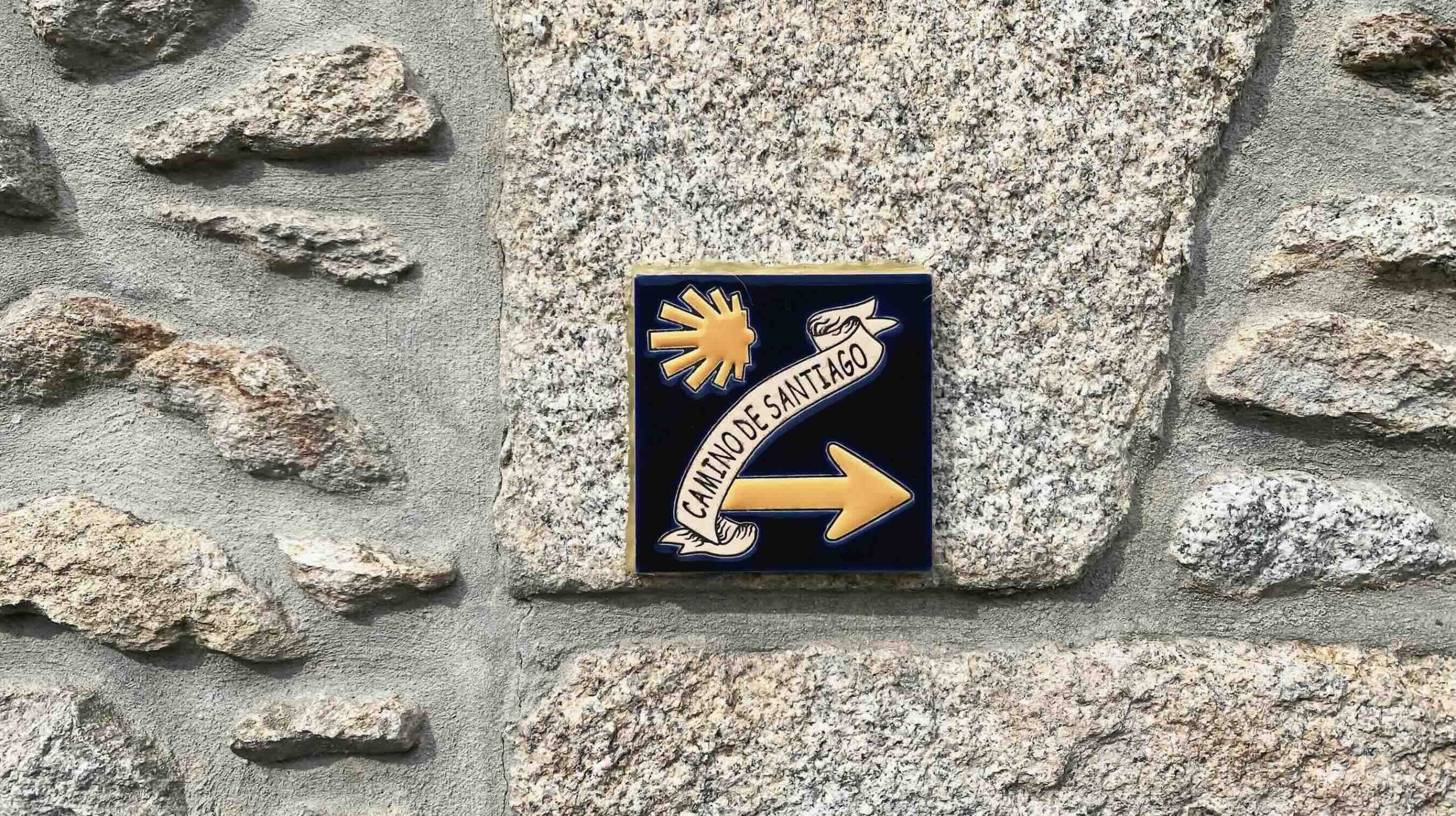
There is a rich heritage to this journey. In Medieval times the wealthy believed that they could buy their way into heaven. The Camino de Santiago pilgrimage became popular with the poor because it offered salvation just for making the journey. Pilgrims received free room and board from the churches along the route or were asked to pay only what they could afford.
Since Northern Spain was largely unpopulated after the Moors were driven out, it was important to have many Christians take the pilgrimage to resettle the region. To ensure this, noble landowners along the route built bridges and hospitality centers to ease the traveler’s burden.
Salvation on the Camino de Santiago Pilgrimage
In effect, the pilgrimage had many goals. The poor had their sins absolved, the churches gained parishioners, and the nobility gained subjects to work the newly liberated countryside. You might say that in this way everyone’s prayers were answered.
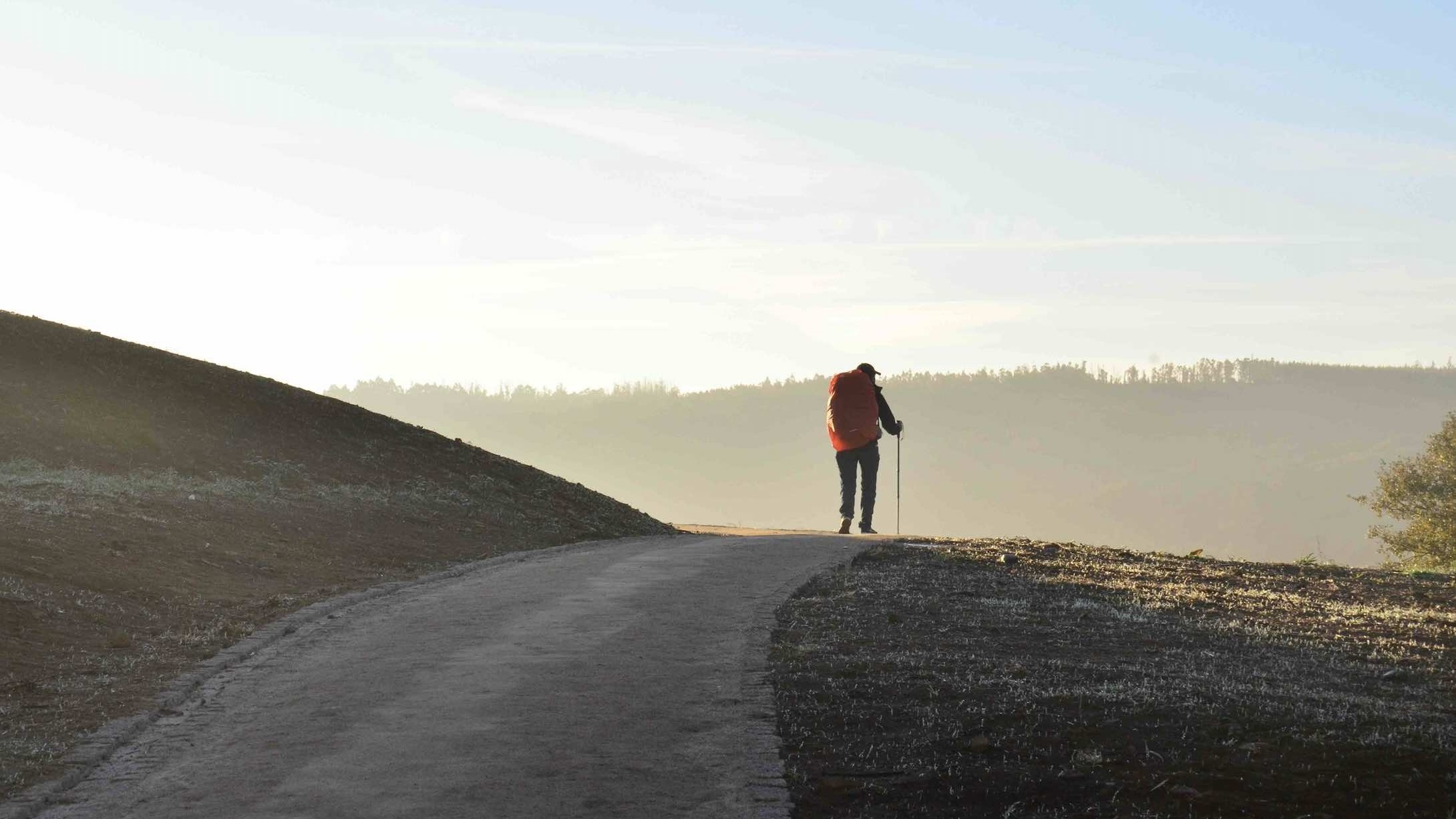
Some of today’s modern pilgrims hope for salvation, some for indulgences, and others, for a renewal of their faith. For me, as with many, it was also the pleasure of seeing the beautiful Spanish countryside, with the fantastic food of Galicia as a reward at the journey’s end.
A few years back I had the good fortune to hear Andrew McCarthy talk about his experiences on St James Way. His book, The Longest Way Home, was a New York Times bestseller. It included a travel essay about going from being a famous movie star and ‘Brat Pack’ young man of excess to a humbled penitent nearly defeated by the way. He’s such a great actor/writer/speaker that he inspired me to attempt walking it. But, except for driving the entire route, so far, I’ve only dabbled.
Cycling the Camino de Santiago
Recently, my friends and I were invited on a biking tour along one section of the Camino de Santiago. We met at a pilgrim’s rest stop, La Moncloa de San Lazaro, in Cacabelos, Castilla y Leon, to don helmets and straddle electric bikes (courtesy of La Mirada Viajera) for the journey to Villafranca del Bierzo.
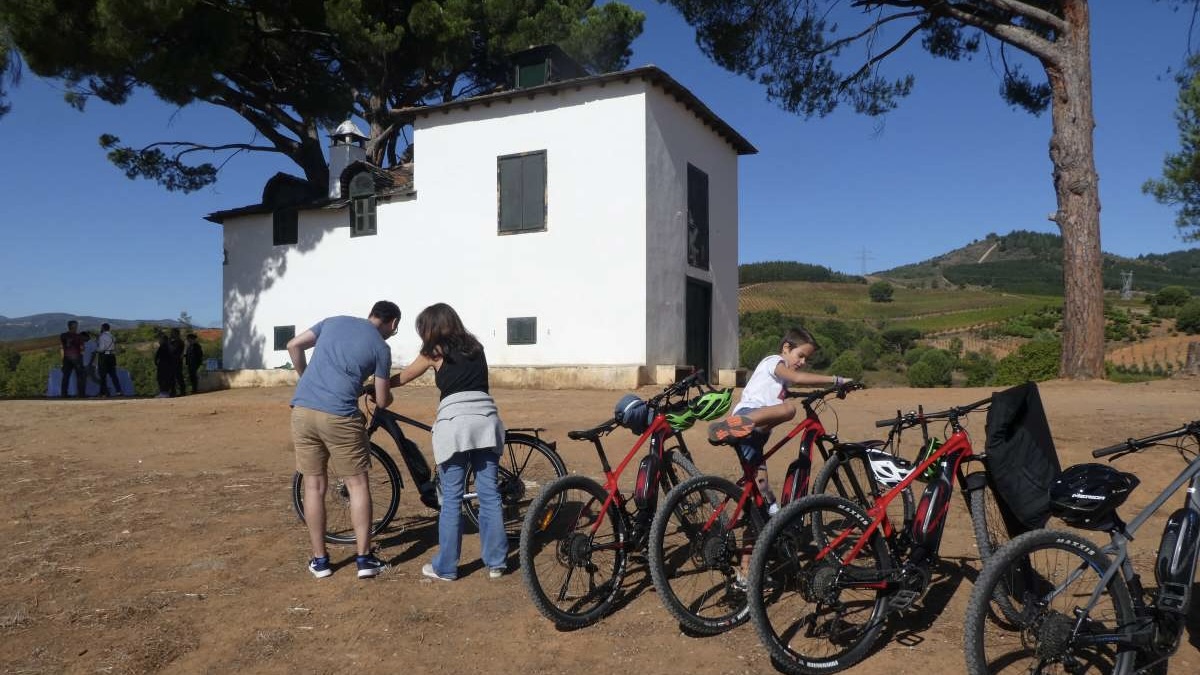
While the concept of bicycling for the first time in 30-plus years seemed engaging over delicious coffee and cake, the actuality of electric-assisted cycling along a busy road was unnerving. Once we set out, I had to concentrate just to keep upright.
This section of the route was hilly, and the traffic was passing us faster than we passed the walking pilgrims. At a mid-way rest stop/wine tasting, after I pedalled a dusty dirt track leading up to an old hunting cabin on top of a hill, I could see the surrounding steep slopes girdled by rows of grapevines, with a view out over the vineyards to the distant mountains.
The Best Place on Earth
Winded by the ascent, I caught my breath as the vintner Santi Ysart Alvarez de Toledo, of Vinos Cantarina, told me: “This is my favorite place on earth.” He went on to describe the hilltop almost spiritually, his family’s hunting cabin, making the wines from the grapes grown right here, and growing up in the Bierzo region of Castilla y Leon in general.
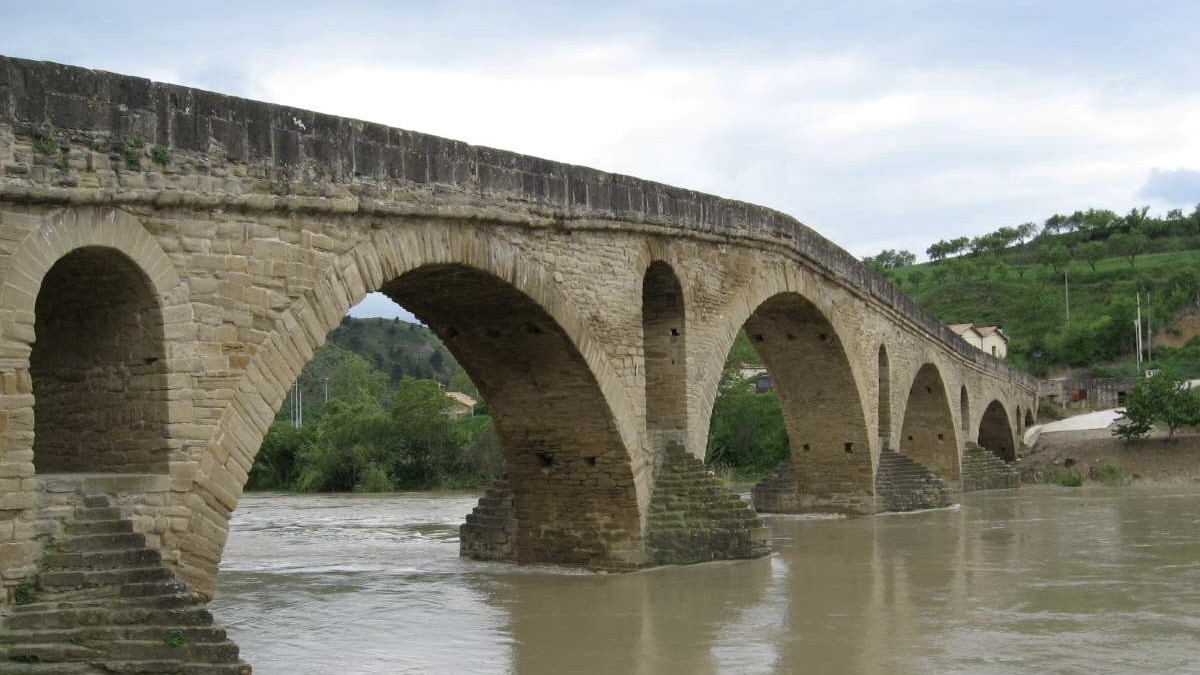
“Just over those mountains is Galicia,” he said, pointing northwest as he began to explain the surroundings. “You see that flat hill below there? That’s the site of an old Roman fortification. When I was little the walls were distinct, but if you look closely, you’ll see where they used to be. I think it was a Celtic settlement before that.”
So much history lay before us. “The Romans used the position to protect the access to their gold mine – Las Medulas,” he continued. “The road you came in on follows the old route to it,” he said pointing west, “through the valley to the nearest mountains.”
The Region’s Wines
Then he offered me water, but I mentioned that I preferred wine. So my new friend led my companions and me through a tasting of the bounty of El Bierzo.
Three reds and a white wine went down like water, with the ubiquitous plate of jamon and crackers serving as palate cleansers between bottles. Each delicious wine was from a different local vineyard, with subtle and not-so-subtle differences. But all were wines I’d gladly drink again – if I could find them anywhere but here in Bierzo, that is. When you visit Castilla y Leon, remember to taste the wines from Bierzo.
Then, refreshed, and with a gentle buzz, we continued our cycling, this time on the Way itself, which veered off the highway through the rolling hills. After seemingly countless shouts of ‘Buen Camino’ to each pilgrim we passed, our exhilarating, if not spiritual exploration of this stretch of the Camino ended.
The Last Leg of the Journey
Several years ago, I completed the final leg of the Camino into Santiago de Compostella. At journey’s end it is traditional to ask St James for a favor. I wondered if I would know what it was I truly wanted when the time came to ask – and if I even had the courage to test my faith by asking.
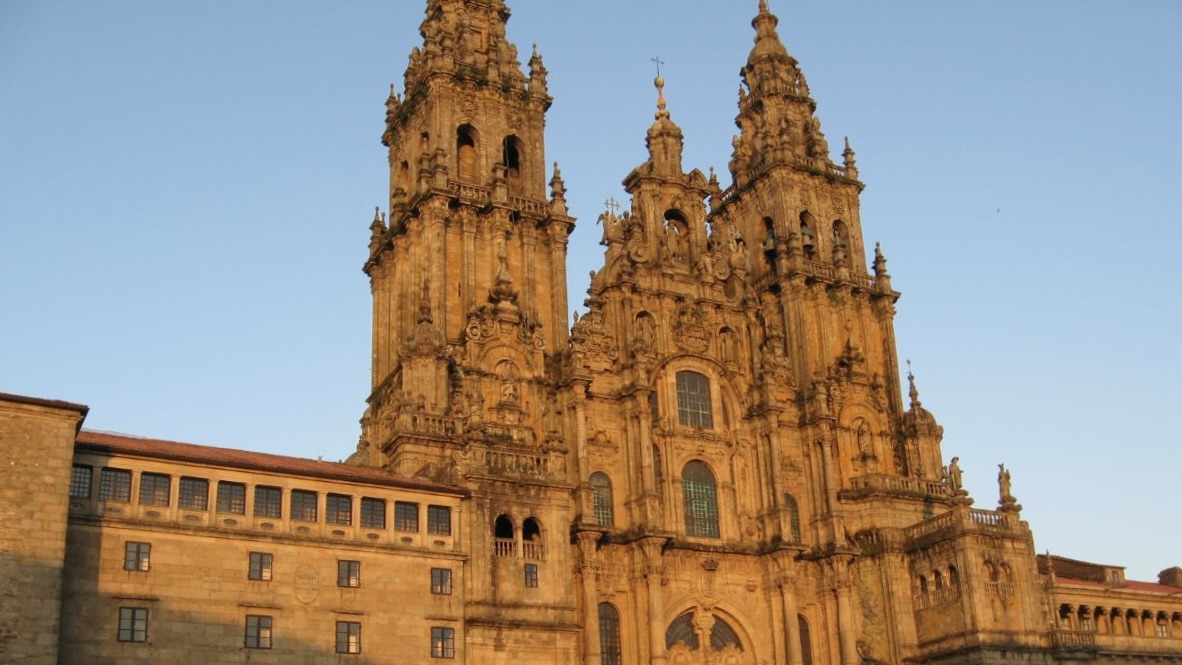
I thought of so many selfish things, and so many pious things, even presumptuous things to ask for that, in the end, when I followed the custom in the Cathedral of St James and climbed the stairs behind the altar to embrace the statue of the apostle and kiss his head, my mind went blank.
Then, suddenly, from my heart came one pure thought that was all three: pious, presumptuous, and selfish. When my turn came, I asked St James for peace.
Planning Ahead
However you choose to tackle the Camino de Santiago Pilgrimage, now is a good time to plan your travel adventure… and your spiritual awakening.
If nothing else, you’ll enjoy the beautiful Spanish countryside, meet warm and friendly people, and discover the culinary excellence of Spanish cuisine. And then there’s always the wine…
For more details and further information about tackling the Camino de Santiago, as well as the various interesting places to visit mentioned above, check out the following useful resources:
- Vinos Cantarina – vinoscantarina.es
- Talk to my friend Alex Chang about a Camino Tour – https://frescotours.com/camino-de-santiago-tours.asp
- General travel information about Spain – spain.info/en_US/
- Luxury accommodations in Spain – https://paradoresofspain.com
- Check out this link for a list of great places to stay along the Camino de Santiago
_______________________
Richard Frisbie, of Hope Farm Press in New York State’s Hudson Valley, writes luxury and soft adventure articles on food, wine, and travel, that appear here and on top travel websites such as OutofTownBlog.com and large circulation trade travel magazines such as Ensemble Vacations, and Vows. Check out his website at https://richardfrisbie.wordpress.com.
